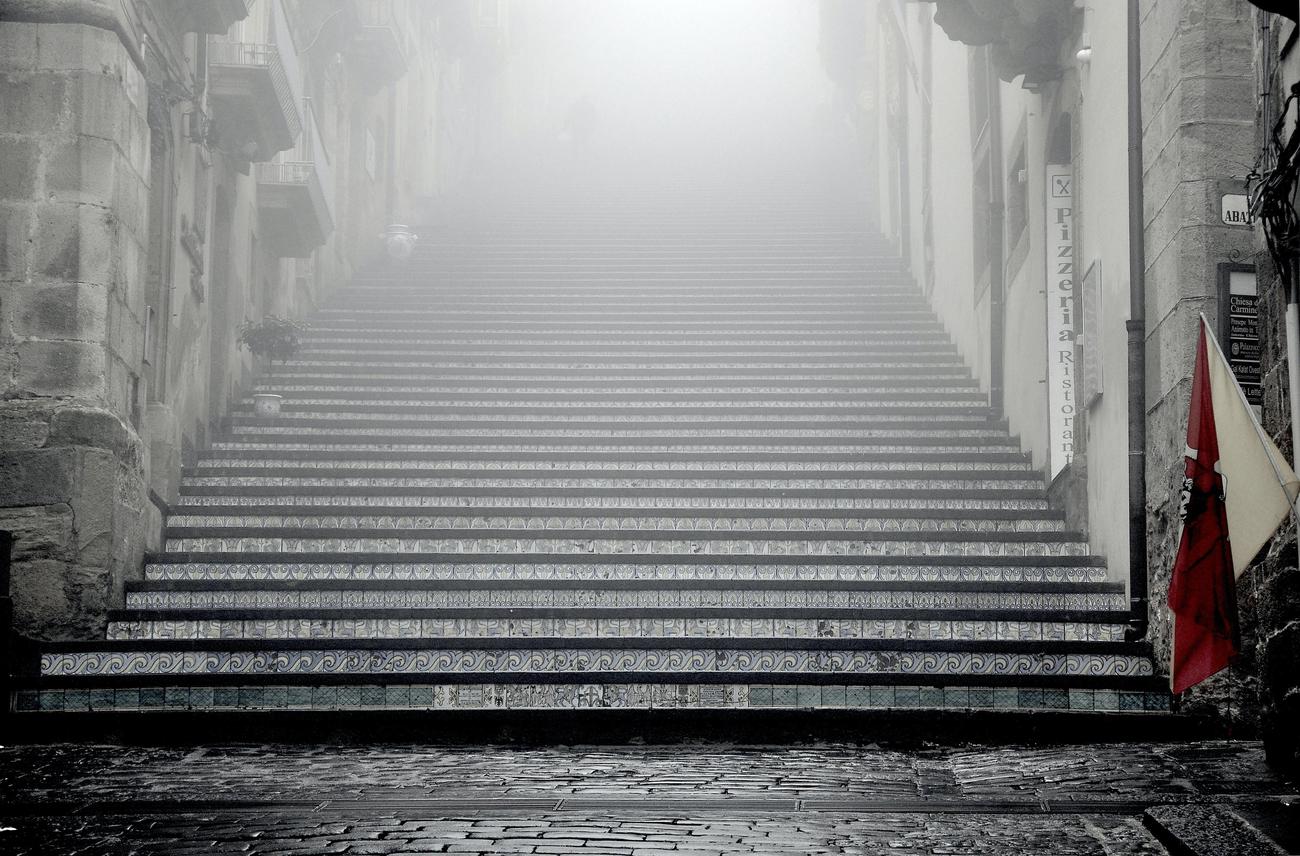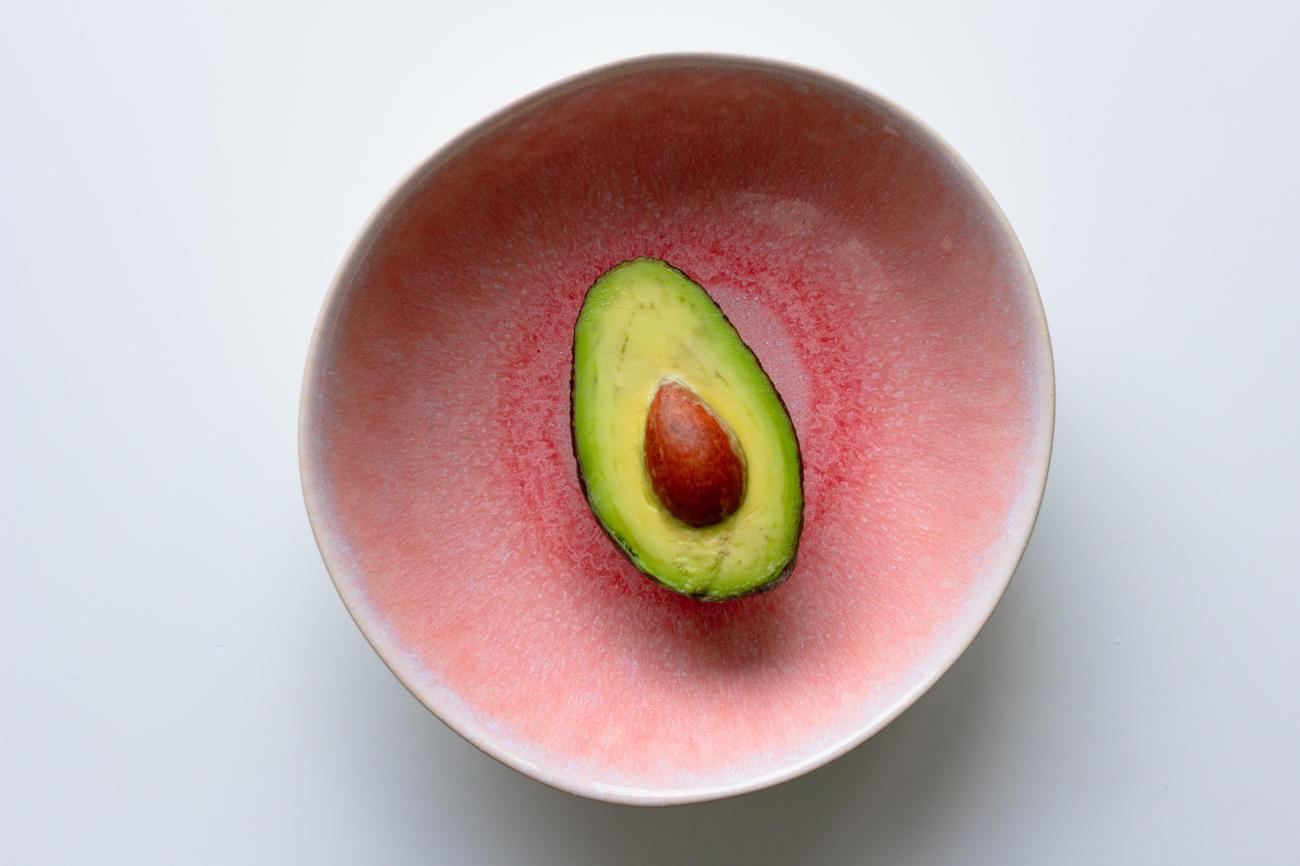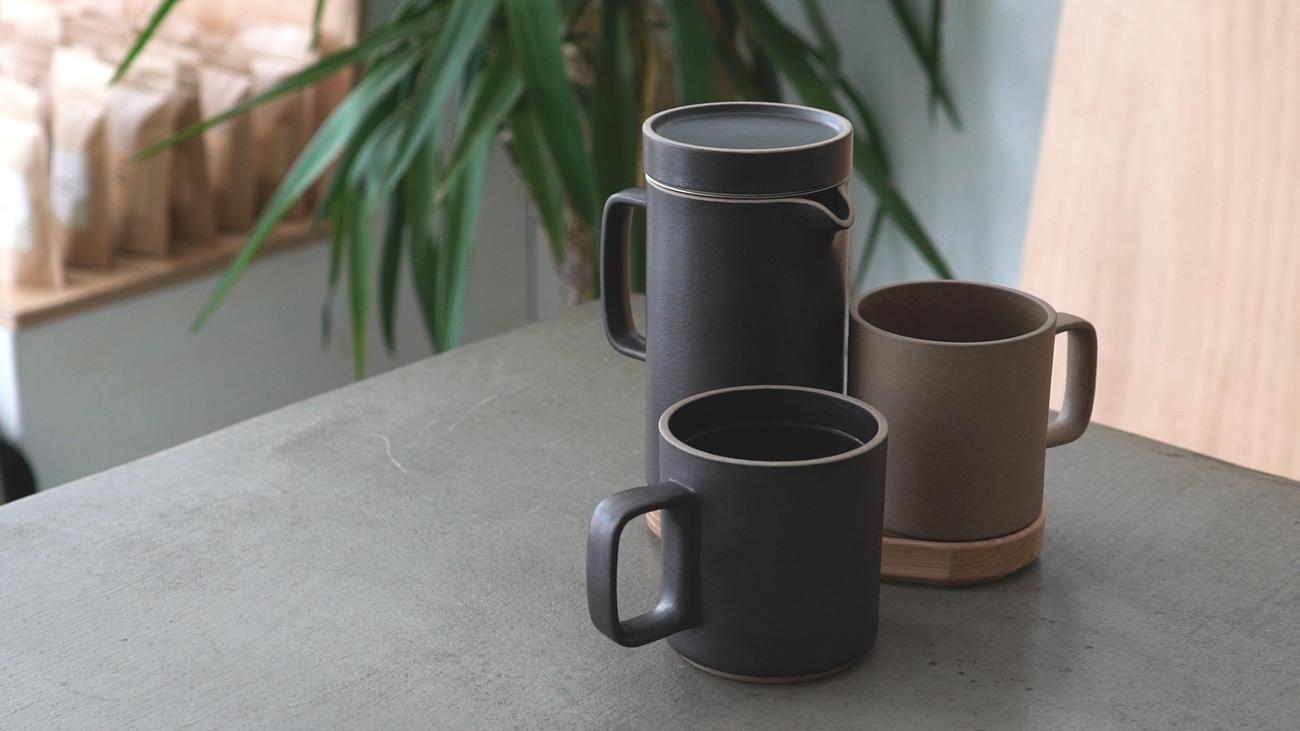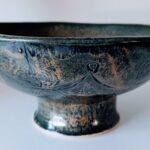Are you curious about the wonders of ceramic glaze and its transformative effects on pottery? Look no further! In this comprehensive guide, titled “Discover the Mysteries of Ceramic Glaze: A Guide to Glaze in Ceramics,” we will delve into the world of glaze in ceramics, unraveling the enigma behind this essential aspect of ceramic art. As an experienced ceramic artist specializing in glaze application, I am thrilled to share my expertise and shed light on the fundamental aspects of glaze chemistry and technique. From exploring the diverse range of glazes and their effects on different clay bodies to demystifying the glazing process, this article aims to empower fellow artists to enhance their creations and unleash the full potential of this captivating ceramic element.

What is Glaze in Ceramics?
As a ceramic artist, you may have encountered the term “glaze” numerous times in your artistic journey. But what exactly is glaze in ceramics? Glaze is a magical substance that has the power to transform ordinary clay into extraordinary works of art. It is a vitreous (glassy) coating that is applied to a ceramic piece before firing.
The Mysteries of Glaze
Glaze is a unique material that, when fired, melts and fuses with the clay surface, forming a beautiful, glassy finish. It not only enhances the aesthetic appeal of the artwork but also serves practical purposes. Glaze can add color, texture, and patterns to your ceramic pieces, making them visually captivating.
The Transformative Power of Glaze
Imagine the possibilities…
Glaze can turn a simple clay vessel into a vibrant centerpiece for your table. It can create a subtle, crackled effect on a sculpture, adding depth and intrigue. Glaze can even transform an ordinary mug into a cherished heirloom, with its glossy surface and unique color variations. With each application of glaze, you have the power to bring your artistic vision to life.
Unleashing Creativity with Glaze
Glaze offers artists a wide range of possibilities for self-expression. With its myriad of colors, textures, and finishes, you can achieve a variety of effects that suit your artistic style. From earthy matte finishes to glossy, mirror-like surfaces, glaze can help you create the desired look for your ceramics.
The Science Behind Glaze
Behind the enchanting beauty of ceramics lies the intricate world of glaze chemistry. Glazes are made up of ground minerals that, when mixed in different combinations and proportions, produce distinct colors and effects. These minerals, known as fluxes, lower the melting point of the glaze and enable it to melt and fuse with the clay during firing.
Demystifying the Glazing Process
You may be wondering, how do you actually apply glaze to your ceramics? Well, there are several methods to choose from. One common technique is brushing the glaze onto the clay surface. Another method is dipping the piece into a container filled with glaze. You can also use a spray gun or apply glaze using various tools to create unique textures and patterns.
The Magic of the Kiln
Once your ceramics are glazed, they are ready to embark on their fiery journey in the kiln. As the kiln reaches its desired temperature, the glaze undergoes a transformative process. It flows and melts, interacting with the clay body, and ultimately solidifies into a stunning glassy surface.
Pros and Cons of Glazing
Let’s take a moment to explore the pros and cons of glazing in ceramics:
- Pros:
- Glaze adds beauty and uniqueness to your ceramic pieces.
- It seals the porosity of the clay, making it suitable for holding liquids.
- Glaze provides a durable, tough surface that enhances the longevity of your artwork.
With a vast array of colors and finishes available, glaze allows for endless creative possibilities.
Cons:
- Some glazes may contain heavy metals that can be harmful to the environment if leached into the soil or water.
- The glazing process requires careful application and attention to detail to avoid unwanted flaws or imperfections.
In Conclusion
Glaze is the key to unlocking the transformative potential of ceramics. Its ability to add color, texture, and a touch of magic to your artwork is unparalleled. Through experimentation and a deep understanding of glaze chemistry and technique, you can elevate your ceramic creations to new heights. So, embrace the mysteries of glaze and let your artistic vision soar. As the renowned ceramic artist Lucie Rie once said, “The glaze is the soul of a pot.”
Ceramics have a long and fascinating history, with surprising facts waiting to be discovered. If you’re curious to learn more about this age-old art form, click here for some amazing facts about ceramics: facts about ceramics. From ancient pottery techniques to modern innovations, you’ll be captivated by the incredible achievements of ceramic artists throughout the ages. So why wait? Dive into the world of ceramics and uncover a treasure trove of knowledge today!
kiln, where the glaze melts and fuses with the clay to create a glassy finish. This process not only enhances the aesthetic appeal of the ceramic piece but also makes it functional by sealing the porous surface and making it waterproof.
[youtube v=”nvBxX7vteqA”]
Glazes come in a variety of colors, textures, and finishes, allowing artists to achieve different results and effects. They can be high fired or low fired, with low fired glazes often being more vibrant and affordable, making them great for beginners. Another type of glaze is underglaze, which is made from clay slip and pigment and does not form a layer of glass when fired. Underglazes can be applied to both fired bisqueware and greenware, providing more flexibility in the creative process.
When working with multiple glazes in the studio, it’s important to keep track of them to understand how they behave on different clay bodies or textures. Creating numbered test tiles can serve as a physical catalog, allowing artists to easily refer back to them and make informed decisions when choosing glazes for future projects.
Mid to high-fired glazes offer a wider range of textures, finishes, and effects, making them more sophisticated and versatile. For instance, matte chino glazes provide an earthy finish, while glossy mid-fired glazes can break into several different colors when applied to textured surfaces. However, it’s important to note that glazes can look different and behave differently when applied to different clay bodies. Creating test tiles for all combinations of glazes and clays available in the studio is a good practice.
Applying glazes can be done in various ways to achieve different creative results. They can be layered, sprayed, textured, or painted on, depending on the desired outcome. Artists can choose to go for solid colors, paint scenes, or create abstract designs. It’s crucial to clean the ceramic piece thoroughly before glazing to remove any dust or particles that may affect the final result. A sponge and clean water can be used for this purpose.
When it comes to brush-on glazes, using soft brushes such as hake, watercolor mop, or fan brushes is recommended. Having a cup of water to wash the brushes, a sponge for cleanup, and a hand towel to dry the brushes is also essential. Before applying the glaze, shaking the glaze bottles well and running a test line on a separate surface is important to ensure consistent results. Applying liner glazes for detailed areas, underglazes for adding color, and clear glazes for sealing are common steps in the process.
Dipping glazes offer a different technique, requiring the ceramic piece to be submerged in the glaze using dipping tongs. To ensure an even coat and proper adherence, the piece should be submerged in a smooth motion, avoiding trapping any air pockets. Excess glaze can be removed with a wet sponge, and the base of the piece should be cleaned to prevent it from sticking to the kiln shelf during firing.
Stenciling is another fun technique that can be applied to ceramics. Using stencil sticker templates or masking tape, designs can be created on the ceramic surface. To achieve a sprayed or splatter effect, a bristle brush or even a toothbrush can be used to tap or flick the underglaze onto the surface. Once the desired effect is achieved, the glaze should be allowed to dry before removing the tape. Dipping glaze can be used to seal the underglaze and provide an overall glossy coating.
Sgraffito is an exclusive technique for underglazes. It involves carving designs directly on unfired clay that has been coated with underglaze. When fired and clear glazed, the carved areas reveal the color of the clay beneath, creating a negative effect that is great for detail or pattern work. This technique can be combined with other techniques mentioned earlier to create even more interesting effects.
In conclusion, glazing is a fundamental process in ceramics that transforms the ceramic piece into a functional and aesthetically pleasing work of art. With a wide range of glazes, techniques, and creative possibilities, artists can explore different colors, textures, and finishes to express their unique vision. Whether it’s through brushing, dipping, spraying, or using various tools, glazing allows artists to add depth, complexity, and storytelling to their ceramic projects.

FAQ
What is glaze?
Glaze is a vitreous substance applied to a ceramic piece before firing. It melts and forms a glassy surface during firing, and can color, decorate, or waterproof the ceramic.
How is glaze made?
Glaze is made up of ground minerals that, when combined and fired, create a smooth and glossy surface on the ceramic. The specific combination of minerals determines the color, texture, and other properties of the glaze.
What is the role of glaze in ceramics?
Glaze serves multiple purposes in ceramics. It seals the porosity of the ceramic, providing a tougher and more durable surface. It can also be used as a colorant, decoration, or to waterproof the ceramic, making it suitable for holding liquids.
How is glaze applied to ceramics?
Glaze can be applied to ceramics in various ways. It can be brushed, sprayed, poured, or dipped onto the ceramic surface. Dry-dusting, where dry glaze powder is applied to the surface, is another technique. Additionally, some artists insert salt or soda into the kiln during firing to create unique glaze effects.
Are there any considerations when working with glaze?
Yes, there are important considerations when working with glaze in ceramics. Certain glazes may contain heavy metals that can be leached into the environment, so it’s crucial to follow proper safety guidelines. Additionally, glaze chemistry and firing techniques require careful understanding and experimentation to achieve desired results.
- Mastering Leader in Spanish: The Complete Guide - April 19, 2025
- Uncovering Surprising Parallels: England Size Compared to US States - April 19, 2025
- Old Mexico Map: Border Shifts 1821-1857 - April 19, 2025
















